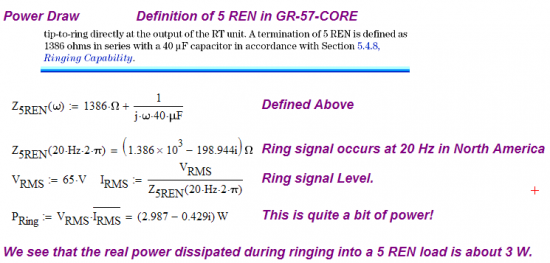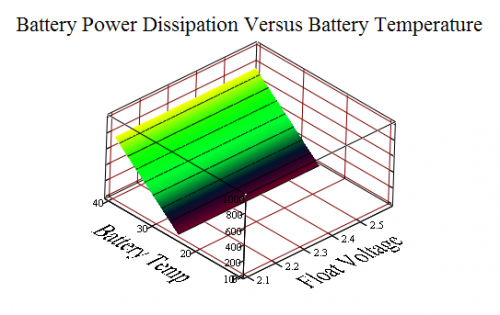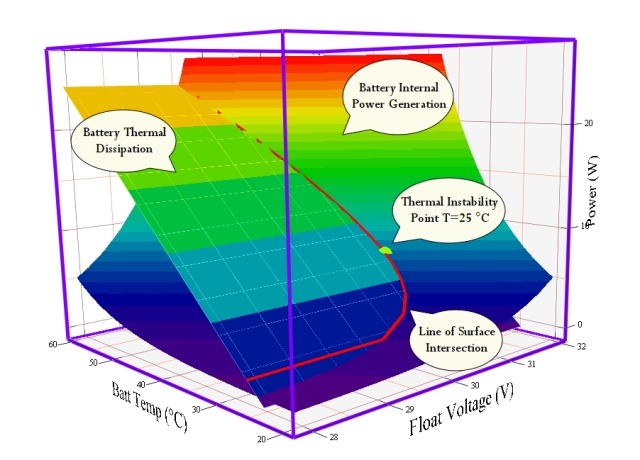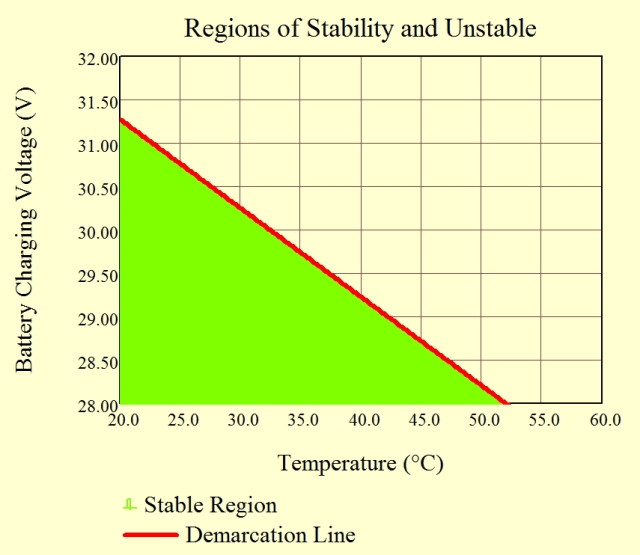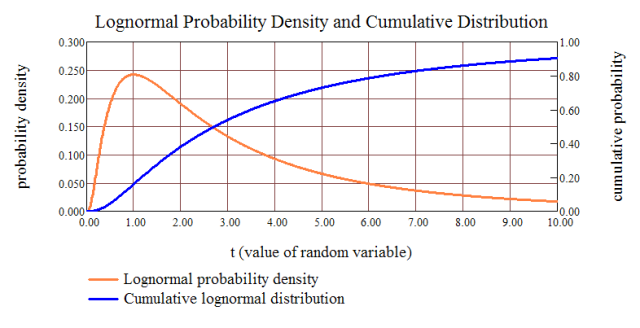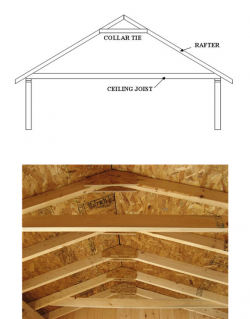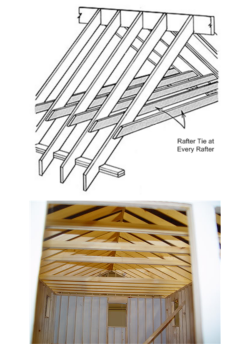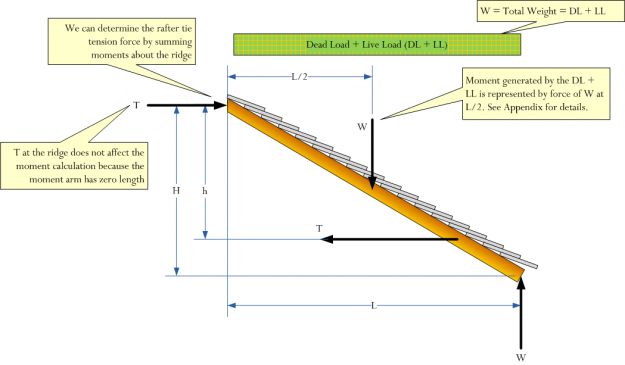Introduction
I have always been interested in the connectedness of people. The theory that each of us is separated by only six degrees from anyone else is a theory I like to test. If you examine things carefully, you may find that you have more personal connections to history than you think. I have already written one blog post that alluded to this connectedness. I thought I would write a few more stories.
I am no Wernher Von Braun
Wernher von Braun was one of the great engineers of the 20th century. He clearly was a god to those that worked for him. My story begins when I was working as a contractor on a US Army missile program in the 1990s and was responsible for presenting some work my company was doing. I only had 10 minutes to present, so I simply presented some overview material. After my presentation an old gentleman came up to me and told me that:
"You gave a good presentation, but we are going need much more detail. It would be one thing if you were Wernher von Braun . But you are not Werhner von Braun, at least not yet, and we need much more detail."
While I was a bit shocked, I told the gentleman that next time I would have more detail. Later, I laughed hard about this incident. I found out that the old gentleman had worked under von Braun and held him in total awe. It reminded me of when Lloyd Bentson told Dan Quayle that "You are no Jack Kennedy." Anyway, I now feel like I am two degrees of separation from Wernher von Braun.
My High School Physics Teacher and Wernher von Braun
When I was in high school, my physics teacher (Tom Truax) related a Wernher von Braun story. During the 1960s, there was a huge push to strengthen science and math education in the United States. As part of this effort, Wernher von Braun would occasionally visit teacher conferences around the country. During one conference, he made quite a spectacular arrival. The teachers were all sitting in an auditorium, wondering where their speaker was. Precisely when the speech was scheduled to begin, there was the sound of a helicopter landing on the school grounds. A man in a suit ran out of the helicopter and right onto the podium. He then gave a rousing speech, which concluded by asking "Any questions?" The crowd was silent for a few seconds, so he immediately put his speech away and ran out to the waiting helicopter and flew away. It was quite an impressive display. My physics teacher used to love imitating von Braun's accent in class by saying "Any qvestions?" Anyway, it was the 1960s. Anything could happen.
Earl Bakken, Founder of Medtronic
I spent a summer in 1978 as an engineering intern at Medtronic. It was a large building and one day I got lost. A kindly old man asked me if he could help and I said I was lost. He laughed and asked where I wanted to go. I told him and he guided me to my work area. I thanked him and went about my work. My coworkers were stunned to see me with this gentleman. I asked why and they said, "That is Earl Bakken and he is the founder of Medtronic." Bakken had created largest medical electronics company in the world. All I know was that he was very helpful to a lost young man. While helping me find my way, he also mentioned that he was holding a dancing class and I was welcome to attend. I later found out that he loved to dance and taught classes for people who were interested.
Wozniak and HP
I joined HP in 1979. At one point, I was part of group that was looking at the Apple 2 and trying to determine if there was anything there that HP should be considering in terms of future products. I look back at that effort now and laugh. There were all these stories about Wozniak (who I have never met) trying to convince HP to build home and small business computers. Apparently, Wozniak was adamant that there was an untapped market there. Of course, HP management felt that he was nuts. One of the guys even had an HP internal memo that flat out said that there was no future for home and small business computing (I wish I had kept a copy of that memo). Even after Apple had shown that people wanted computers, HP continued to rationalize their earlier decisions by saying the Apple product was simply too low of quality for a company like HP to build. Sounded like sour grapes to me then and it still does today. I must say that I have great admiration for the work Wozniak did.
The Cavity Magnetron
One of the electrical engineering professors at the University of Minnesota was a man named Wehner (I do not remember his first name) who was a German emigre. He did not teach any of the classes that I had, but some of my friends had him as a professor. One of the stories they related about him was that he was a scientist on the German side during World War II. At that time, he was tasked with analyzing downed aircraft and examining their technology. He was one of the first German scientists to examine a downed British aircraft that carried a cavity magnetron-based radar unit. He described to his students how stunned he was when he encountered it. Here was a very clever piece of the technology that the vaunted German science establishment had not been able to duplicate. It portended bad things to come for Germany. Many historians believe that the development of microwave radar to be an invention that changed the world. In fact, most homes today have a cavity magnetron – it is in their microwave oven.
As long as I am on the topic of radar, I sometimes hear people talking about the effects of electromagnetic radiation from cell phones with so many researching on how to get protection from EMF radiation. I always tell them the story of a man I encountered at Alliant Techsystems. He had been a radar technician in the military for 20 years, mainly working on small, dish-antenna units. When he needed to check if a radar was transmitting, he would put his left hand in front of the antenna. When his hand became warm, he knew the radar was transmitting. He retired from the military and began working in the civilian world. He ended up having a lot of trouble with that left hand over time. It never felt right and often had infections that never seemed to heal. Eventually, he developed gangrene in that hand and he had to have it amputated. This tale has always made me suspicious of the long-term effects of exposure to electromagnetic radiation. I know it is non-ionizing radiation, but ...
Otto Schmitt and the Schmitt Trigger
All electrical engineers are familiar with the "Schmitt Trigger." It was invented by a man named Otto Schmitt. I actually met him when I was at the University of Minnesota. At that time, he was in the Temporary Engineering Annex (old WWII buildings that were still being used in the late 1970s). I was amazed at the dilapidated condition of these facilities, which are gone now. At the time I met him, I had no idea he was such a famous guy. He just seemed like a friendly old man. He sure had a hard charging bunch of graduate students.





